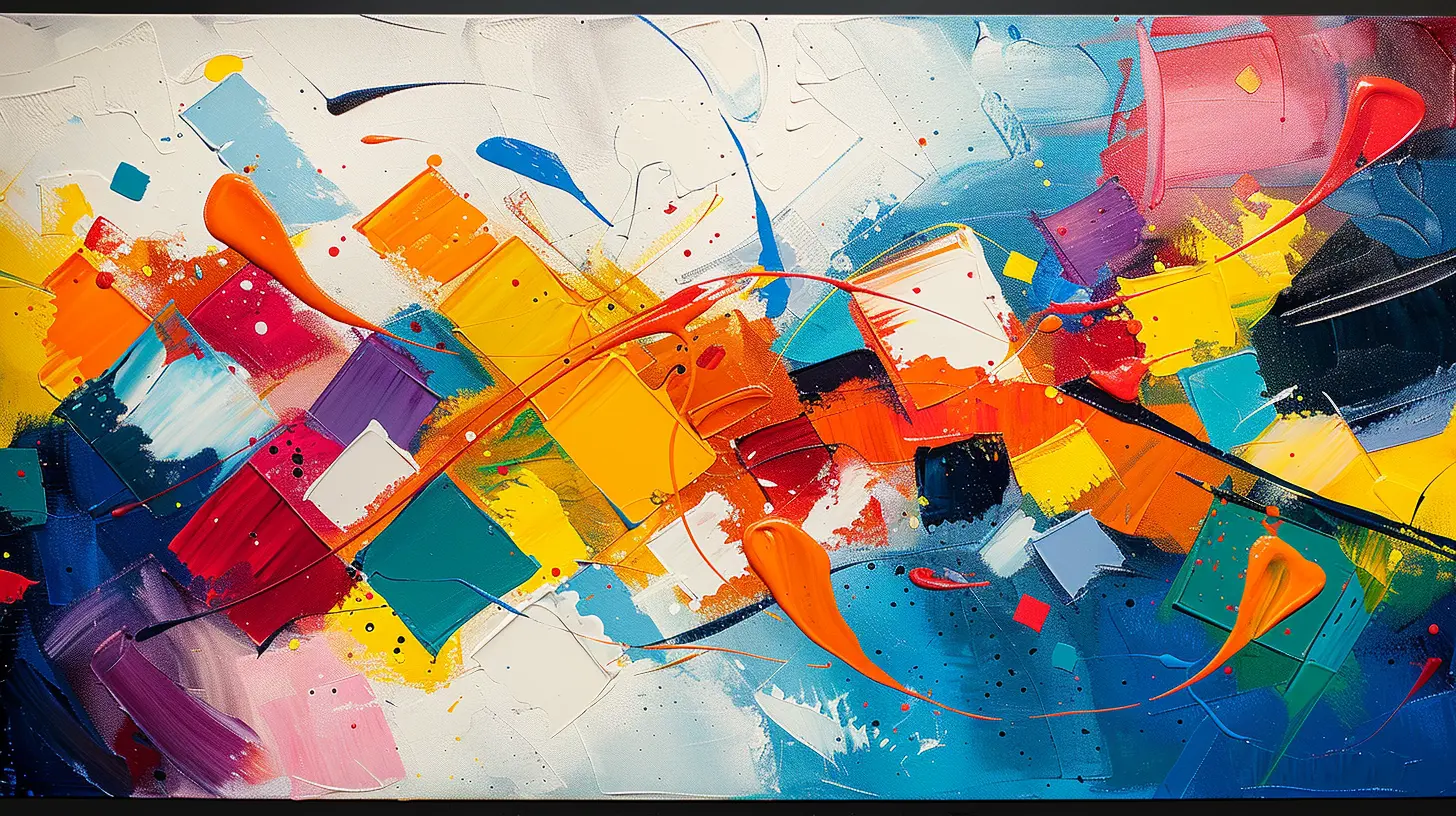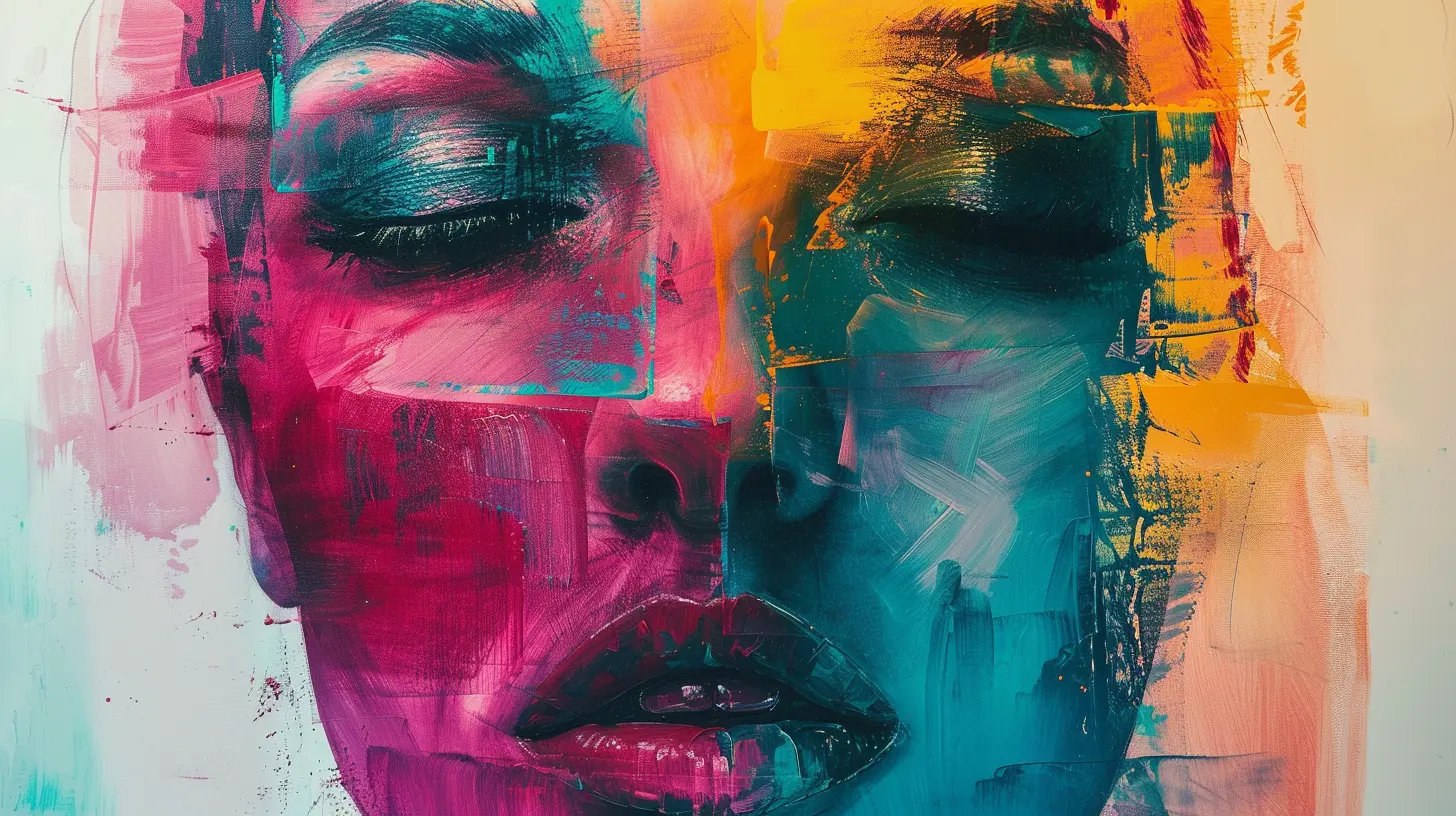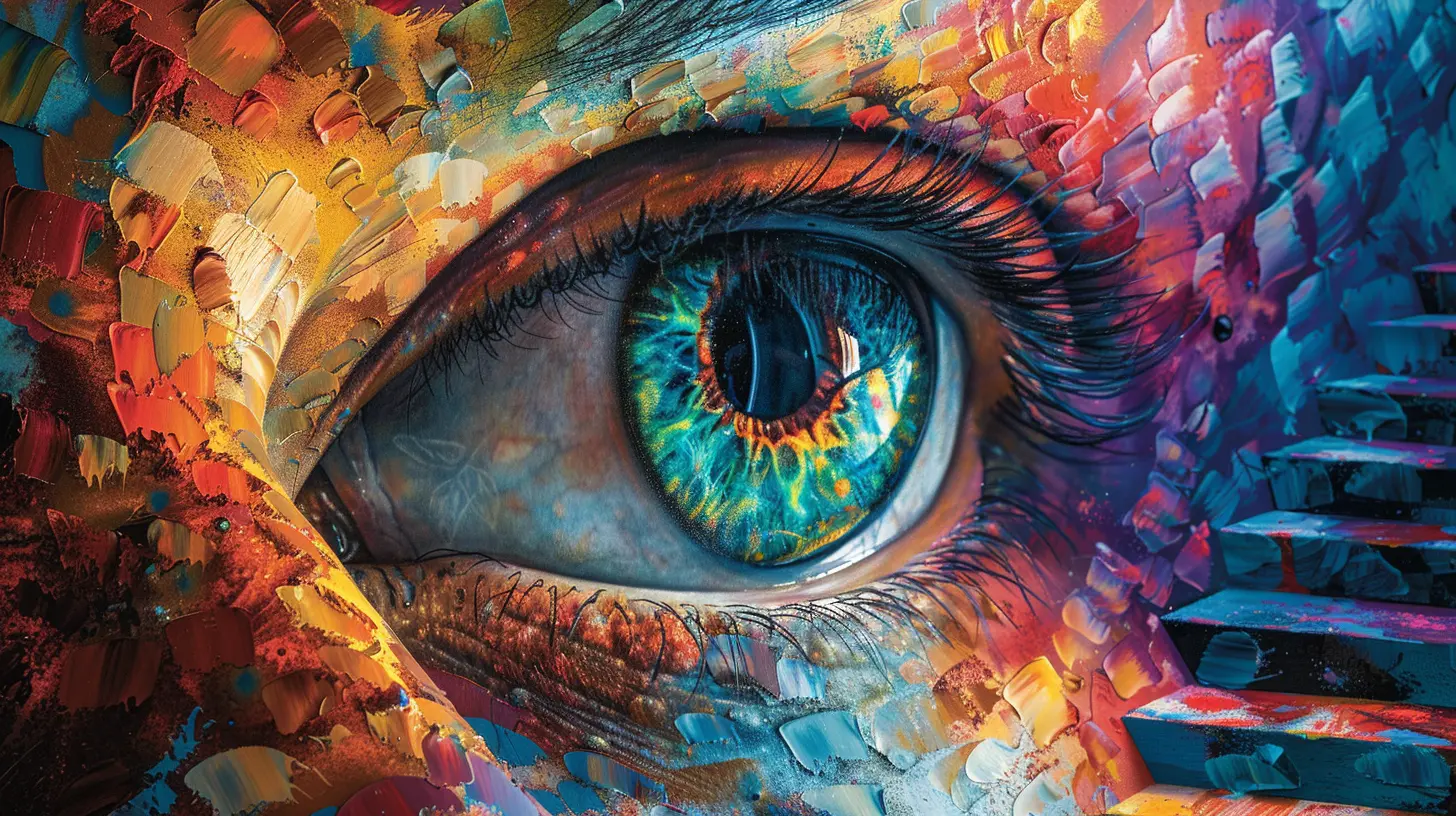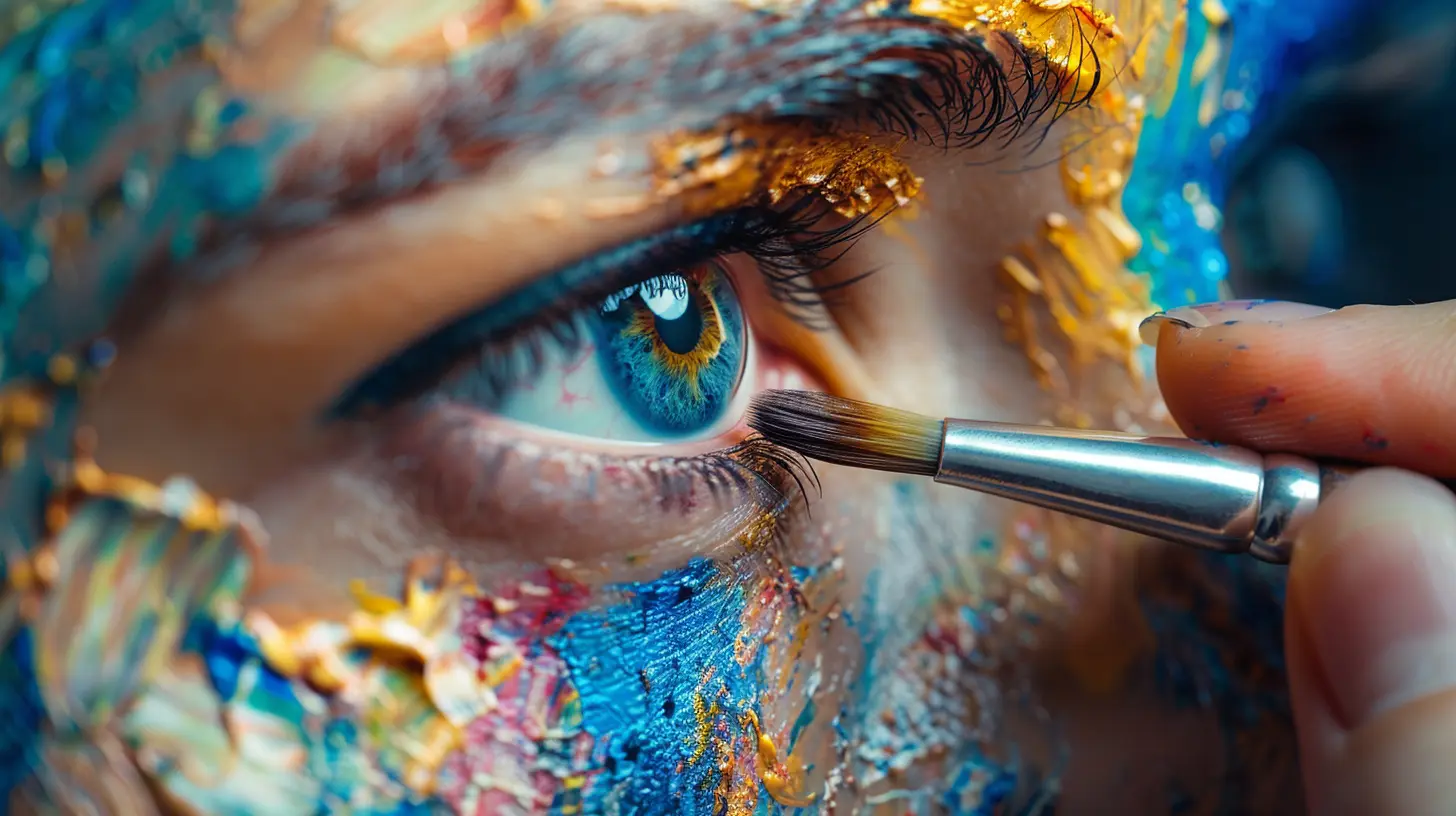Exploring Abstract vs. Realism: Helping Students Find Their Style
12 August 2025
When it comes to art, there’s no right or wrong—just passion, expression, and a whole lot of trial and error. One of the most fascinating parts of being an art student (or teaching one) is watching how each person develops their own unique style. But here’s the thing… figuring that style out? Yeah, that can take time.
Two of the most common styles students bump into early on are abstract and realism. They sit on opposite ends of the artistic spectrum, and each has its own charm, challenges, and cheerleaders. So, what’s the real deal between these two? And more importantly, how can we guide students to find what speaks to them?
Let’s dive into the world of abstract vs. realism and help make that style quest a little less intimidating and a lot more fun.
What’s the Deal with Realism?
Take a look at a portrait that looks exactly like a photograph. It's almost as if the subject might blink any second. That’s realism for you. It's the art of replicating real life as closely and accurately as possible. Shadows, proportions, textures—it’s all about precision.Realism in a Nutshell
Realism isn’t new. It’s been around for centuries, and for a long time, it was the way to do art. Think Renaissance paintings, classical sculptures, hyper-realistic drawings. Back then, art was the only way to capture the appearance of the world. No cameras. No smartphones. Just brushes and pencils doing the heavy lifting.Why Do Students Gravitate Toward It?
A lot of students start with realism because, well, it feels safe. It’s the kind of art most people recognize instantly. Plus, it’s super satisfying to master. There’s something powerful about being able to draw an eye that actually looks like an eye, right?And let’s be honest—realism is a great way to sharpen observation skills. It teaches students to slow down, really see what they're looking at, and understand how light, shape, and color interact. That’s a solid foundation for any art journey.
So, What About Abstract?
Now flip the script. Abstract art is freedom with a capital "F." It’s not trying to copy the outside world. Instead, it focuses on emotions, ideas, shapes, colors, and movement. Sometimes it’s weird. Sometimes it’s wonderful. Often, it’s both.Abstract: Not Just “Random Scribbles”
Here’s a myth worth busting: abstract art isn’t just a bunch of random lines and splatters. It can be incredibly thoughtful and deliberate. Sometimes even harder to create than a realistic portrait because it forces the artist to feel instead of just see.Abstract art asks bold questions like:
- What color represents sadness?
- What does joy look like if it had no face?
- Can chaos be beautiful?
It's like writing poetry with paint.
Why Abstract Speaks to Students
For students who feel boxed in by rules, abstract is a breath of fresh air. It gives them a chance to play, get messy, and trust their instincts. Instead of worrying about “mistakes,” they get to create from intuition and emotion.It’s especially great for kids and teens going through big feelings they may not know how to talk about. Abstract art becomes their voice.
Realism vs. Abstract: The Great Showdown?
Okay, here’s the million-dollar question: which is better?Short answer? Neither.
Both realism and abstract have value, beauty, and insights to offer. And honestly, they don’t have to be rivals. In fact, some of the most interesting artists blend both in their work. The goal isn’t to pick a side—it’s to find what resonates personally.
Still, it’s helpful to break down the differences and compare them side by side.
| Feature | Realism | Abstract |
|--------|---------|----------|
| Focus | Reproducing life accurately | Expressing feelings or ideas |
| Technique | High attention to detail, accuracy, proportion | Emphasis on color, form, movement |
| Structure | Logical, rule-based | Intuitive, free-form |
| Tools | Pencils, paints, brushes, often traditional | Anything goes (even a toothbrush!) |
| Emotional Impact | Emotion is conveyed through subject | Emotion is the subject |
| Learning Curve | Can be technically demanding | Can be intimidating due to lack of “rules” |
Teaching Tip: Let Students Try Both
Rather than telling students what they should do, it’s way more effective to let them do. Give them assignments or projects that touch on both styles. You might be surprised at what clicks.Exercise 1: Dual Self-Portraits
Have students create two self-portraits:- One in realistic style (accurate features, proportions)
- One abstract (emphasize colors, shapes, emotions)
Not only is this super fun, it also helps them reflect on how different styles feel and what they reveal.
Exercise 2: Realism to Abstract Transformation
Pick an everyday object—like a shoe or an apple—and have students draw it realistically. Then, ask them to redraw it three more times, each version more abstract than the last. It's like deconstructing reality piece by piece. Very Picasso.Exercise 3: Mood Painting
Choose an emotion—like anger, peace, joy—and have students create an abstract piece that visually channels that feeling. They might groan at first, but once the brushes hit the canvas? Magic.Helping Students Find Their Artistic Voice
Artistic voice is like a fingerprint—unique to each person. Some students might thrive in realism, others may feel lightning strike when working with abstract forms. Some may love mixing both, creating hybrids that tell their own kind of story.Here are a few ways you can help them along the journey:
1. Encourage Exploration
Style isn’t found in a day. The more students try, the more they understand what feels natural to them. Give them space to experiment without the pressure of perfection.2. Talk About Art (A Lot)
Bring in examples of famous works. Discuss them. Debate them. Ask things like:- “What emotion does this piece stir up in you?”
- “How do you think this was created?”
- “Would you want to make something like this?”
Conversation makes art feel alive.
3. Celebrate All Paths
Some students will be meticulous and love realism. Others will be spontaneous abstract fans. Celebrate both. There's no “one-size-fits-all” in art.Real Talk: Abstract Isn’t Easier (And Realism Isn't Better)
Let’s clear the air—just because abstract looks less “precise” doesn’t mean it’s easier. And just because realism takes longer doesn’t mean it’s superior.Each style has its own challenges:
- Realism demands patience, control, and technical skill.
- Abstract requires vulnerability, boldness, and deep self-awareness.
Teaching students to respect both paths helps them respect themselves, too. It's not about being “good” at art. It’s about being you with art.
Style Grows With You
An 8th grader might love sketching lifelike portraits now, but by the time they hit college, they may be dripping paint on canvas barefoot at 2 a.m. That’s the beauty of art—style evolves as we do.Even professional artists pivot styles throughout their careers. The important part? Keep creating. The style will come. Sometimes slowly. Sometimes in an “aha!” moment. All in good time.
Wrapping It Up
Abstract vs. realism isn’t a competition—it’s a conversation. Both styles offer incredible value, and both can help students learn more about themselves. As educators, mentors, or even fellow artists, our job is to give them the tools, the freedom, and the encouragement to find their voice.So whether they’re drawing every freckle on a face or painting wild, swirling galaxies of emotion—cheer them on. Every style is valid. Every creation is a step closer to discovering who they are as artists.
And hey, isn’t that the whole point?
all images in this post were generated using AI tools
Category:
Art EducationAuthor:

Olivia Lewis
Discussion
rate this article
1 comments
Jane O'Brien
Art's heart beats in style—discover your voice, let creativity soar.
August 28, 2025 at 4:59 AM

Olivia Lewis
Thank you! Embracing both styles can truly help students unlock their unique artistic voice.


